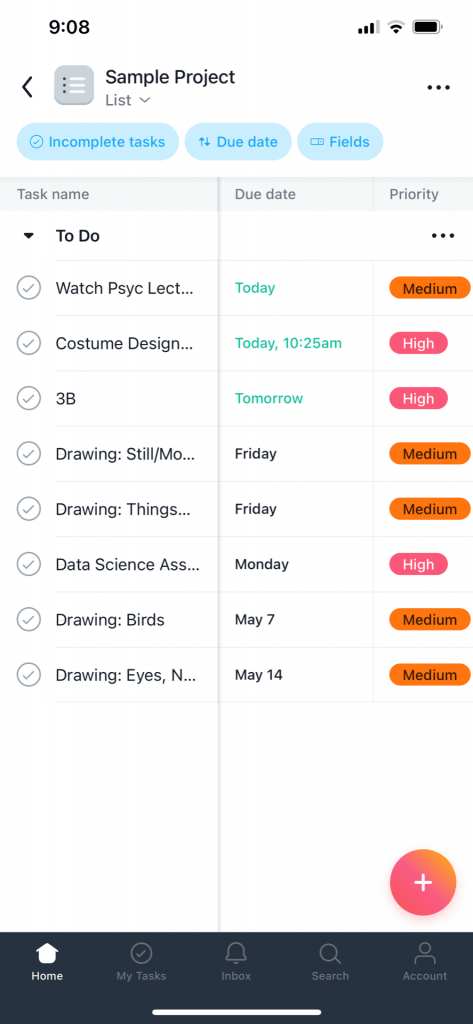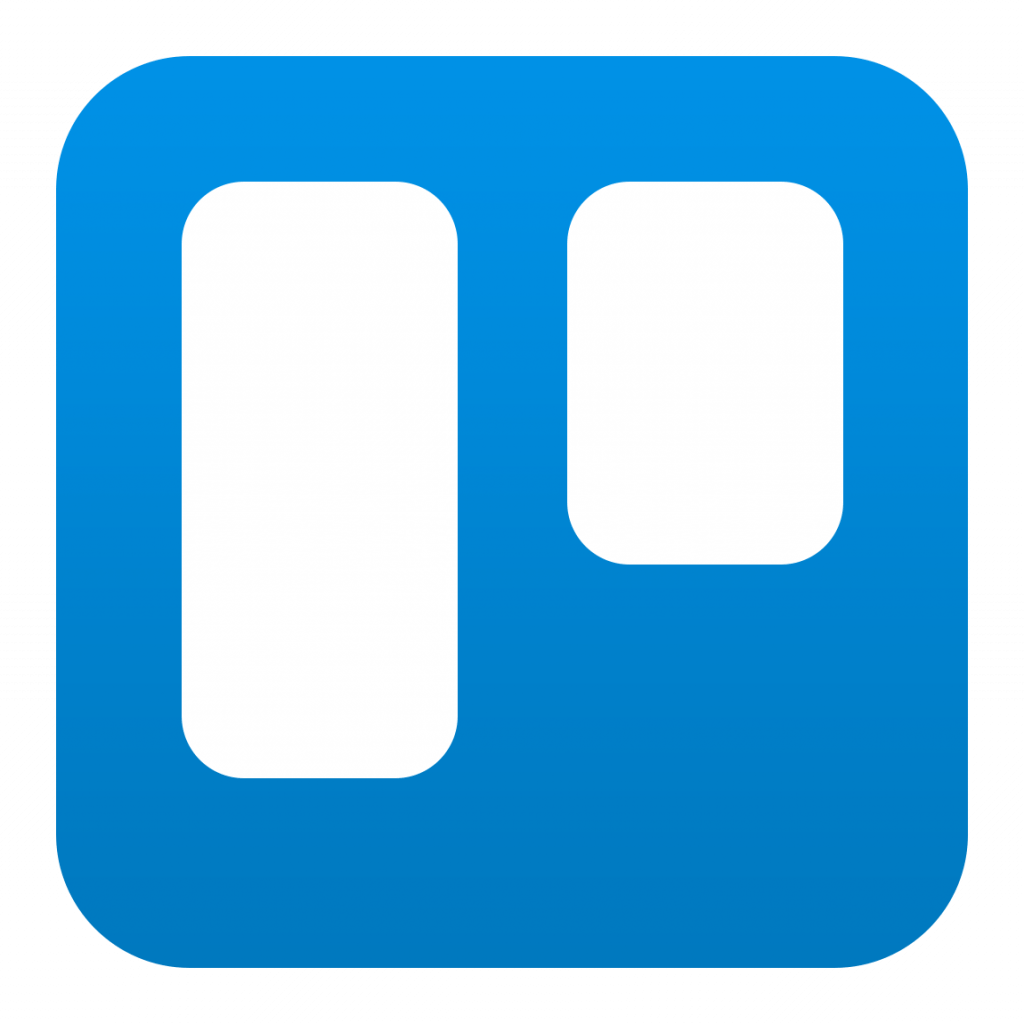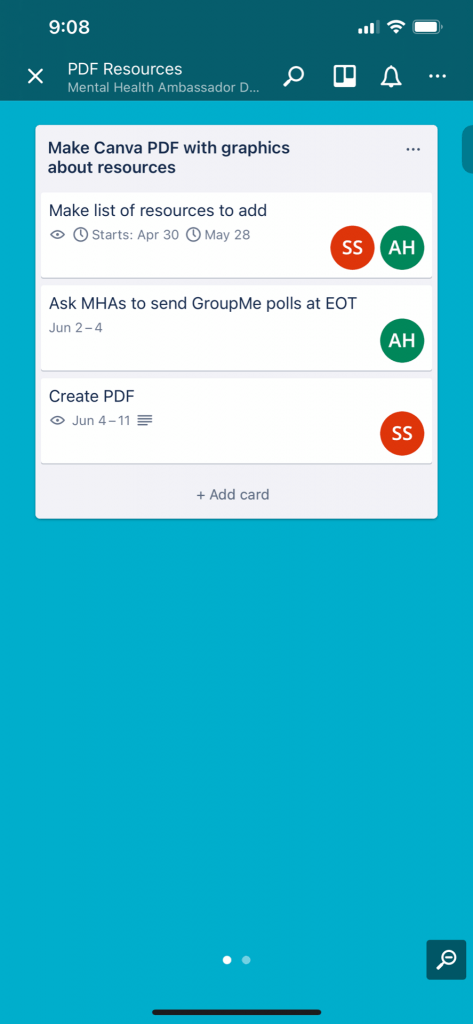This blog post will also be answering the question, “what do you wish you did differently before your freshman year?” submitted by an incoming ‘25!

What I Wish I Knew
College life would be hard to navigate without long-term goals.
My Mistakes & What I Learned
I had no idea what I wanted to do with my life, so I came into college more or less goalless. My freshman year went great until I realized that I had no goals, lost motivation to do well in classes, and questioned why I was here in the first place.
So, if you don’t know what you want to do like I did, you should pick a few fields that interest you. Even if you don’t think there’s a class for them at Dartmouth, look around our departments’ course lists. You might be surprised by what you find! Set a goal to explore xyz fields, and when you find something that interests you, talk to people in that field (such as your professors, or you can use LinkedIn to connect with alumni) to see if it’s for you.
If you need help figuring out what you want to do, you can also talk to your Undergraduate Dean or an Academic Coach. They can help you set long-term goals that will help motivate you as you move through Dartmouth.
What I Wish I Knew
You are not tied to a class as soon as you sign up for it and get into it.
My Mistakes & What I Learned
I let fear get in the way of signing up for classes my freshman year. For example, I had taken a two year break from chemistry (because my school didn’t offer more chem classes), and I was afraid that if I enrolled in CHEM 5, I would be behind other students, so I did not explore that path. Similarly, I didn’t take a creative writing course because I was afraid of having my joy critiqued. Don’t do that.
I’ve learned that if you are afraid of a class, you can shop it! Shopping is when, during the first two weeks, you attend more classes than you intend on taking in order to see which you like best. For example, if you are doing a 3-course term, and you are unsure if your third course should be X or Z, sign up for the more popular course, Z, that will be full (because you won’t be able to get into it on week one during add/drop period). When add/drop opens in week one, add X as your fourth course, go to both for the week, maybe for week 2 as well, and drop the one you don’t like, or take both. Shopping is a great way to try out courses that you might be scared of, while still giving yourself the fallback of another course.

What I Wish I Knew
GPA is important, even if you don’t want to go to grad school.
My Mistakes & What I Learned
As you know, I had no idea what I wanted to do, so I didn’t do much research on future jobs that I might have wanted, and I didn’t join career-centric clubs my freshman fall. I joined clubs like these in the late winter, and in the spring, I networked with upperclassmen, who informed me that GPA can be important for landing interviews! So, not wanting to close off doors, I spent my sophomore fall constantly studying to pick my GPA back up (which, though ultimately rewarding, isn't fun).
It is true that if you have a 3.5 or higher, networking and the Dartmouth name will probably get you the interview, but some companies really want to see that 3.7~3.8 or higher. Even if you’re not interested in going to a prestigious graduate school or working at McKinsey or Goldman Sachs, please don’t wreck your GPA. You might change your mind as the years pass.
College is for learning, so while you’re here, aim to do the best you can each term without sacrificing self-care and sleep time!
What I Wish I Knew
It’s important to explore different departments your freshman year.
My Mistakes & What I Learned
I took the Japanese language three terms in a row, because I wanted to go to the Tokyo LSA+ (studying abroad, which I did not get to do because of COVID-19). Between Japanese and first-year writing requirements, I only had one class for exploration my freshman fall and winter, and I absolutely squandered these opportunities. In the fall, I picked a random class because I was clueless, and an upperclassman told me it was good. In the winter, I decided I would go for an art layup to get the distributive.
I ended up majoring in Studio Art because of this, but I find myself wishing I explored with more purpose before I took 4 more art classes. I don’t regret taking Japanese, but I should have shopped for my third course instead of picking a subject at random and sticking with it.
A tale about why you shouldn’t take classes just for distributives: In the spring, when the pandemic hit, I thought I would go for the hardest distributive (which was QDS for me) since it was pass/fail. Despite the pass/fail condition, I took linguistics, which I had no interest in, because I was still afraid of math after taking a two-year break from it. I ended up wanting to minor in a department that requires a math class. Not only do I have to take statistics, but I’ve taken calculus* here as well. I have three different courses for this one distributive, when students only need one to graduate.
*I took calculus AB in high school and went to MATH 1 two years later, which was hard, but it was a faster paced repeat of AB. Don’t waste your time retaking classes. I should have studied on my own and taken a placement test.
So TL;DR, what should you do?
- Research classes before orientation.
- Shop courses so you can still explore while taking a 1-2-3 language sequence (if you plan on taking one).
- Try not to pick classes based on study abroad opportunities because they don’t always work out.
- Don’t take courses you aren’t interested in just for the sake of getting a distributive. Your future major/minor will probably have a required course with those tricky distribs.
- Study for and take placement tests! Even if you don’t think they’ll be useful, they can help you get out of prerequisites for courses you do plan on taking! Many social studies departments require a statistics class (which has a calculus prerequisite), so try the MATH 3 placement test if you’re interested in that.

What I Wish I Knew
Clubs are fun. They’re a great way to get leadership experience and meet upperclassmen, and they’re only as intense of a time commitment as you want them to be!
My Mistakes & What I Learned
I wish I joined clubs my freshman fall. I didn’t participate in extracurriculars because I was worried about balancing them on top of an intense workload.
You should try out a couple of clubs during week one if you’re up to it! You can always drop them if you don’t want to go again or if they’re overwhelming your schedule. For help with time management, talk to an academic coach and check out our website’s time management page!
Conclusion
Regardless of all these academic mistakes, the most important thing that I learned my freshman year, by far, is to have self-respect and to take care of myself. It’s something I already knew coming to Dartmouth, but in the buzz of the new setting, I seemed to have forgotten it, and I had to learn it again.
There’s a lot going on here. You’ll be living in a new space, probably away from home for the first time, and you’ll be busy. Take time to check in with yourself. Ask yourself if you’re sleeping well, if you’re trusting your gut. Ask yourself anything that might help you stay true to you.
Take care of yourself.















